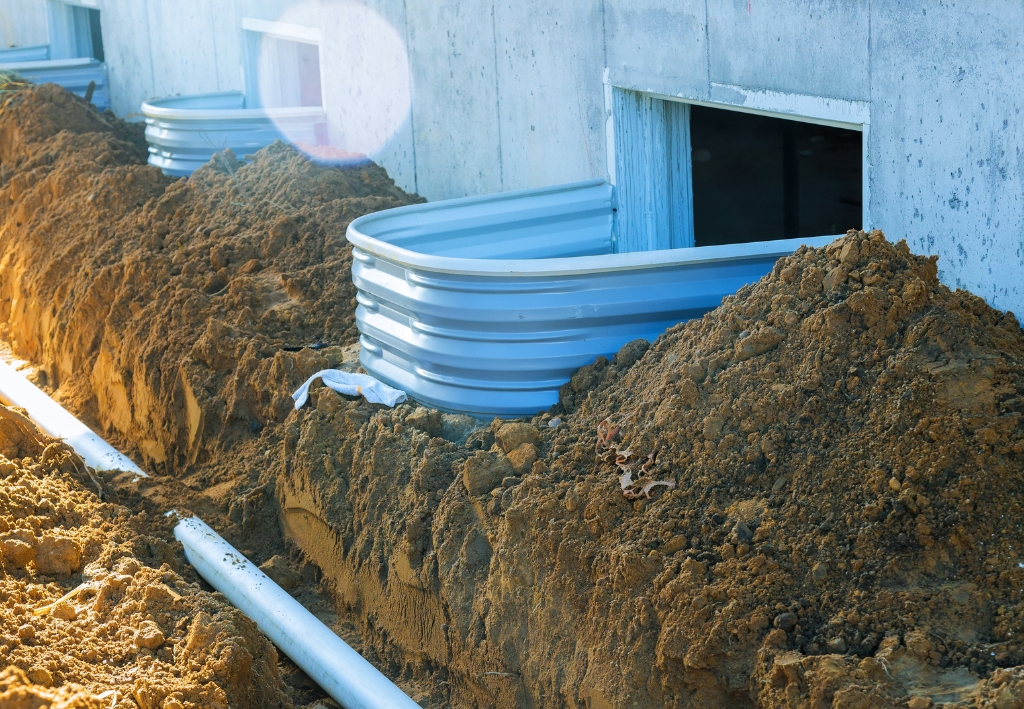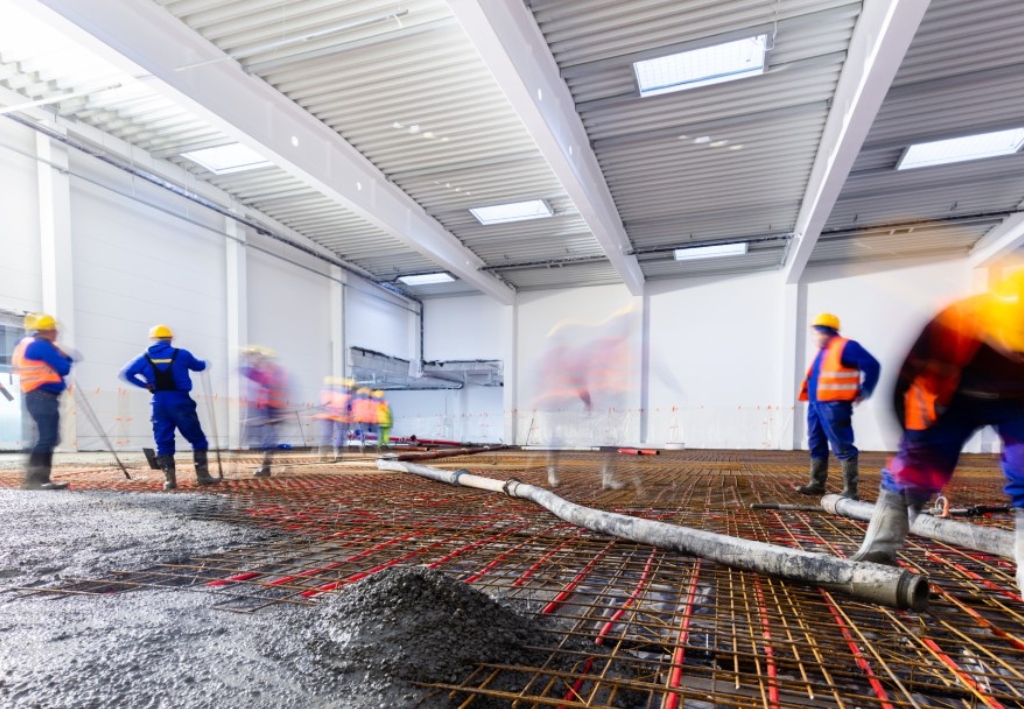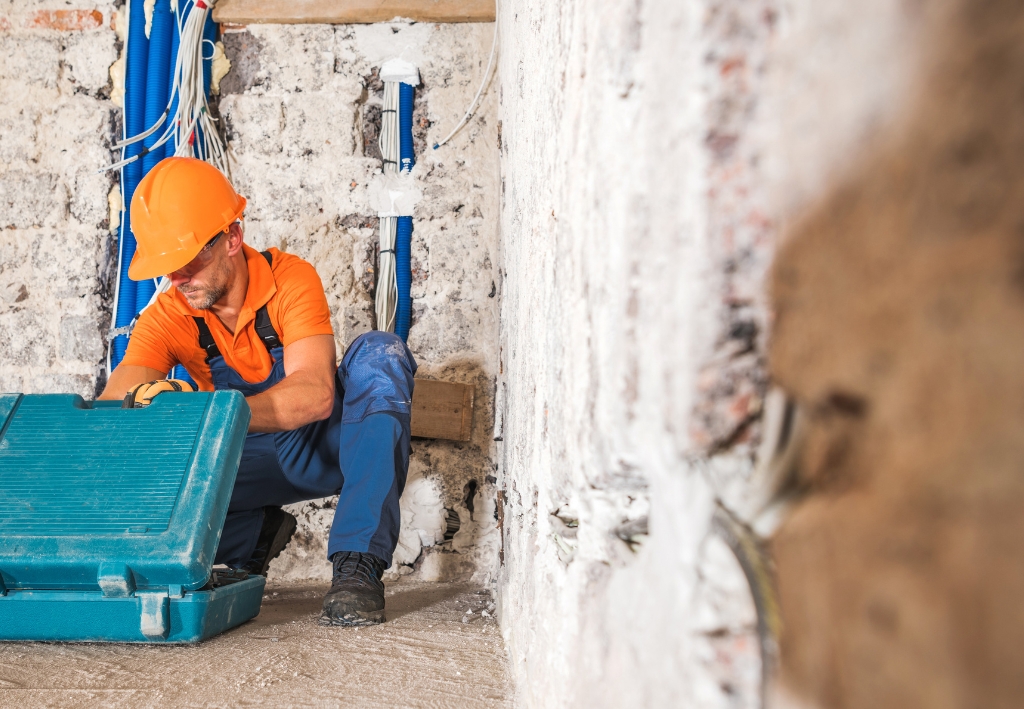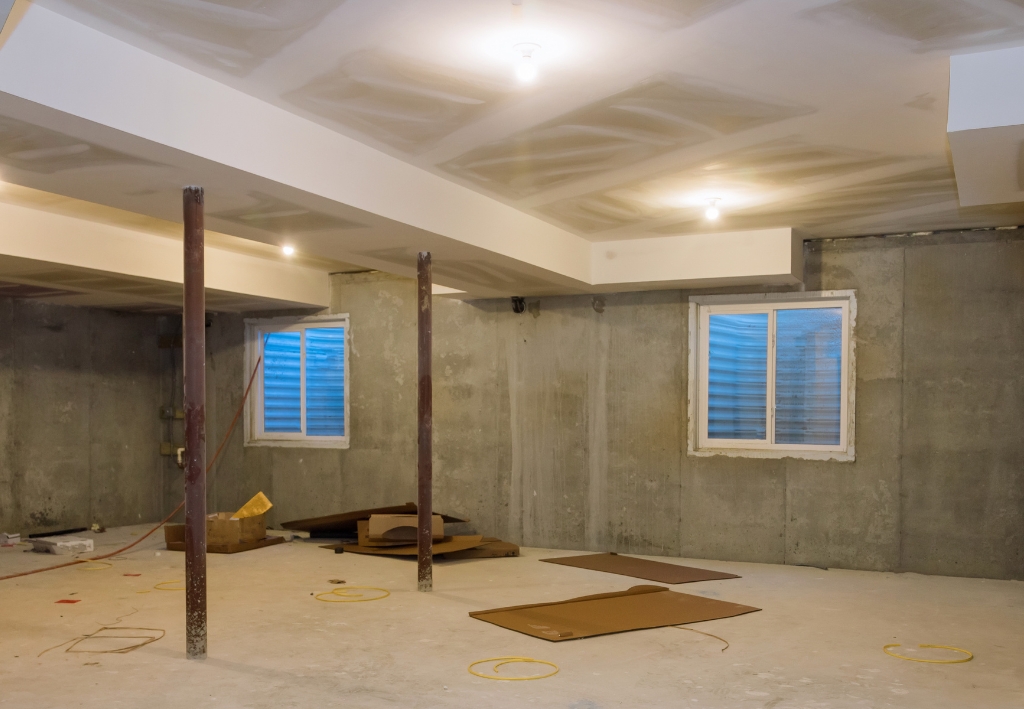A dry, well-maintained basement is essential for any home. Not only does it provide extra living space and storage, but it also protects the structural integrity of your house. Basement waterproofing is a critical step in ensuring that your basement remains dry and safe from water damage. In this blog, we’ll explore long-term strategies for waterproofing basement protection, helping you future-proof this valuable part of your home.
Understanding the Importance of Basement Waterproofing
Basement waterproofing is essential for several reasons. Firstly, it helps prevent structural damage. Water can weaken the foundation of your home, leading to cracks, shifts, and other structural issues. Secondly, waterproofing improves indoor air quality. Damp basements can lead to mold and mildew growth, which affects the air quality in your entire home. Lastly, a dry, usable basement increases the value of your property. Potential buyers see a well-maintained basement as a valuable asset, adding significant value to your home.
Assessing Your Basement’s Vulnerabilities
Before implementing effective basement waterproofing strategies, it’s crucial to assess your basement’s vulnerabilities. Common issues include cracks in walls and floors, poor drainage, and inadequate grading around your home. Small cracks can allow water to seep into your basement, while inefficient drainage systems can lead to water pooling around your foundation. Additionally, the ground around your home should slope away from the foundation to prevent water accumulation. Identifying these issues early can help you take the necessary steps to protect your basement from water damage.
Interior Waterproofing Solutions
Interior basement waterproofing focuses on managing water that has already entered your basement. One effective solution is installing a sump pump. A sump pump collects water that accumulates in a sump basin and pumps it out of your basement, keeping the area dry. Regular maintenance of your sump pump is essential to ensure it operates effectively.
Another interior solution is using a dehumidifier. A dehumidifier helps control the humidity levels in your basement, reducing the risk of mould and mildew growth. To maintain optimal performance, clean and empty the dehumidifier regularly.
Applying waterproof coatings to basement walls and floors creates a barrier against moisture. This additional layer of protection can prevent water seepage, but it’s essential to ensure surfaces are clean and dry before applying the coating.
Exterior Waterproofing Solutions
Exterior basement waterproofing is crucial for preventing water from entering your basement in the first place. Proper grading around your home ensures that the ground slopes away from the foundation, directing water away from your basement. Aim for a slope of at least 6 inches over the first 10 feet away from your home.
Installing exterior drainage systems, such as French drains, helps redirect water away from your foundation. These drainage systems are placed at the base of your foundation to effectively manage water flow and reduce the risk of water seeping into your basement.
Applying exterior waterproofing membranes to the outside walls of your basement can provide a durable barrier against moisture. Proper installation is key to covering all potential entry points for water, ensuring long-term protection.

Regular Maintenance and Inspection
Ongoing maintenance and regular inspections are key to ensuring the long-term effectiveness of your basement waterproofing efforts. Here are some tips for maintaining a dry basement:
- Inspect for Cracks and Leaks: Regularly inspect your basement for any new cracks or leaks. Addressing these issues promptly can prevent more significant problems down the line.
- Clean Gutters and Downspouts: Ensure your gutters and downspouts are clean and functioning correctly to direct water away from your home. Clean gutters at least twice a year and check for any blockages or damage.
- Test Your Sump Pump: Regularly test your sump pump to ensure it is working correctly, especially before the rainy season. Pour water into the sump basin to activate the pump and check for proper operation.
Advanced Waterproofing Techniques
More advanced waterproofing techniques may be necessary for homes with high water tables or severe weather conditions. Underpinning strengthens the foundation of your home, providing additional support and stability. This process enhances the structural integrity of your home and prevents foundation movement. Consult with a professional waterproofing company to determine the best underpinning method for your home.
Installing a backup sump pump ensures your basement remains dry even if the primary pump fails. Choose between battery-operated or water-powered backup systems to provide peace of mind and additional protection against flooding.

Waterproofing your Basement: Protect Against Future Leaks
Future-proofing your basement with effective waterproofing strategies is a smart investment in the longevity and safety of your home. By implementing both interior and exterior waterproofing solutions, performing regular maintenance, and considering advanced techniques when necessary, you can ensure your basement remains dry and functional for years to come.
At IcyReno, we specialize in basement waterproofing and underpinning services that protect your home from water damage. Our team of experts is dedicated to providing high-quality, long-term solutions tailored to your specific needs. Contact us today to learn more about how we can help you future-proof your basement and keep your home safe and dry with a professional waterproofing company.

